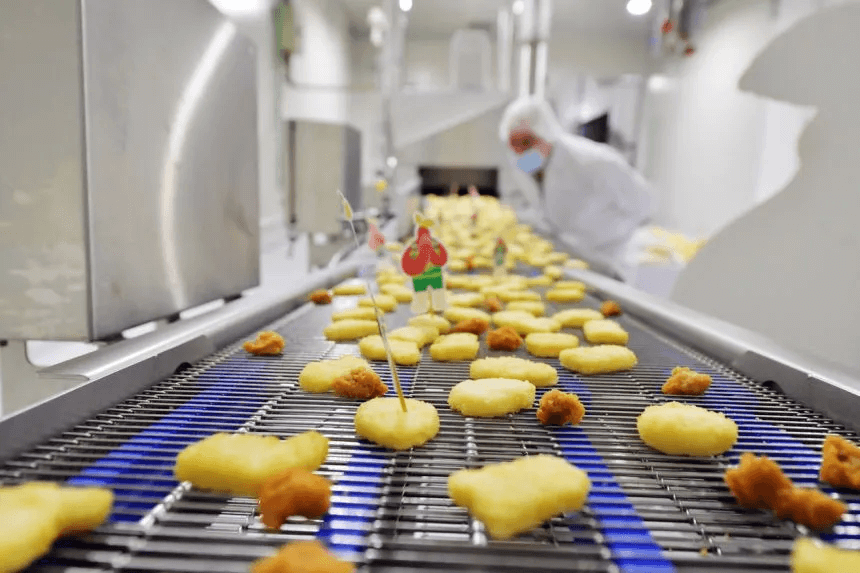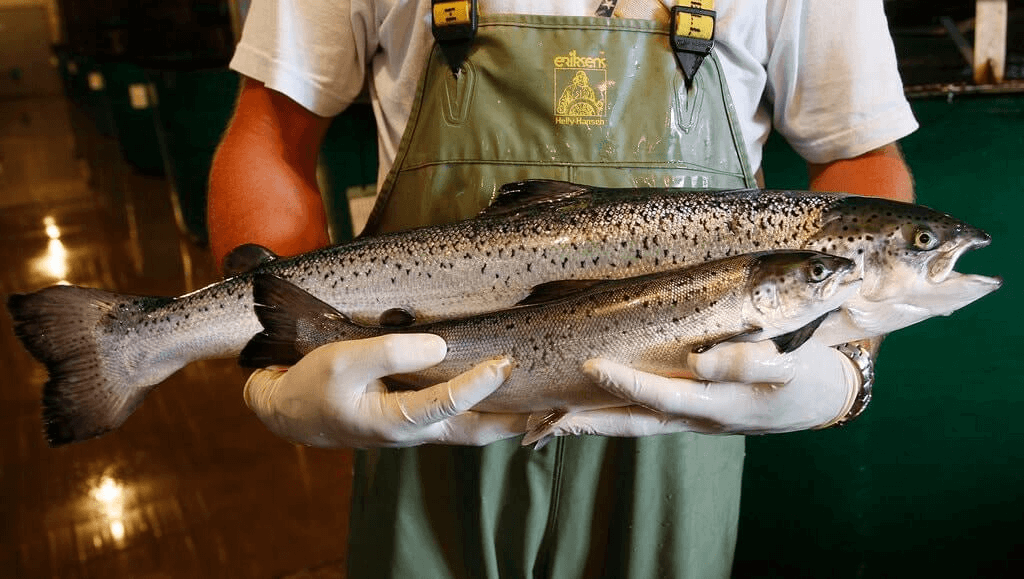There has been a number scientific and commercial breakthroughs to solve for these expected increases in demand for food. The most striking one is “plant-based meat”. The CEO of a plant-based meat production company recently argued that they “will have finished the meat industry by 2035.” Similarly, the innovation that came with transgenic salmon in seafood in the 2010s continues with plant-based salmon meat production.
Scientists began to demonstrate in 2013 that meat can be produced in laboratories. Mark Post, a professor at Maastricht University in the Netherlands, went further and commercialized lab-produced meat. Meat is predominantly a combination of muscle, fat and connective tissue cells. Meat formation begins when the appropriate nutrients are provided for their development, starting from the stem cell. Thus, lab meat is antibiotic-free, drug-free, healthier, and safer. We should expect to see a continued increase in shelf space and market share of these artificial products due to their many advantages from environmental to human health, from economic to animal welfare.

Although soybean mainly provides the plant food environment, yellow peas were found to be the most suitable. Here, vegetable protein (soy-pea) textures offer meat-like flavor, while color is provided by leghemoglobin obtained from soybean roots. However, since the vegetable hemoglobin in question is low in soy, the color has begun to be obtained from a yeast species (Pichia pastoris). These yeasts in the group of genetically modified products are not subject to legal regulations regarding biotechnology neither in the USA nor in the EU.
Plant-based protein production has also been commercialized for red tuna meat. In addition, chicken and beef is also introduced to the market. Plant-based egg, milk, cheese, oil and yogurt have started to appear on market shelves. The plant-based protein movement has caused the manufacturers of animal produce serious concern which led to regulations around the use of words like “meat”, “milk”, “yogurt”, “oil” or even their images in the promotion and marketing of these products. The two sides have been vocal about their perspectives on each other’s market potential. While the animal producers have argued plant-based protein cannot even come close to the “real deal” the executives of plant-based food companies, like the one mentioned before, are very bullish on the future of this market.

When it comes to plant-based fish, the stem cells from the salmon are cultured in a plant-based skeleton to produce the flavor and texture. However, there are some limitations to the production: the product is currently designed for raw consumption, namely for the sushi industry. In the culture phase, the cells intermingle with the skeleton and direct the cells to turn into fat or tissue, resulting in a salmon meat appearance and taste.
In 2015, AquaBounty Technologies received permission from the US Food and Drug Administration to manufacture and market transgenic (GMO) salmon. GMO salmon can grow year-round and therefore grow rapidly (versus regular salmon which can only thrive in warm months) and reach marketing maturity in 16-18 months (versus regular salmon’s 30 months). Farm-raised Atlantic salmon is a production model that does not require antibiotics and reduced feed consumption by 10%. The cheaper and less labor-intensive transgenic salmon production provides further economic advantages to the producer and the consumer.

In addition to these genetic developments, adaptation initiatives will contribute to increasing the world fish stocks as is the case with Turkish-Black Sea salmon. For Turkish salmon, which achieved an export figure of 200 million dollars in the first 9 months of 2022, the authorities forecast production of 100 thousand tons and export of 500 million dollars in the next year, and 200 thousand tons of production and an export of one billion dollars for 2030.
It sure sounds like we will not face any fish shortage in the future, what do you think?
Dr. Nazimi Açıkgöz is an analyst, and writer based out of Izmir, Turkey. He studied at the University of Ankara and recieved a Ph.D from Munich Technical University, he was also Professor Emeritus of plant breeding at Ege University. Follow Nazimi on Twitter @nazimiacikgoz
A version of this article was posted at No Chance to Food Crisis and is used here with permission































